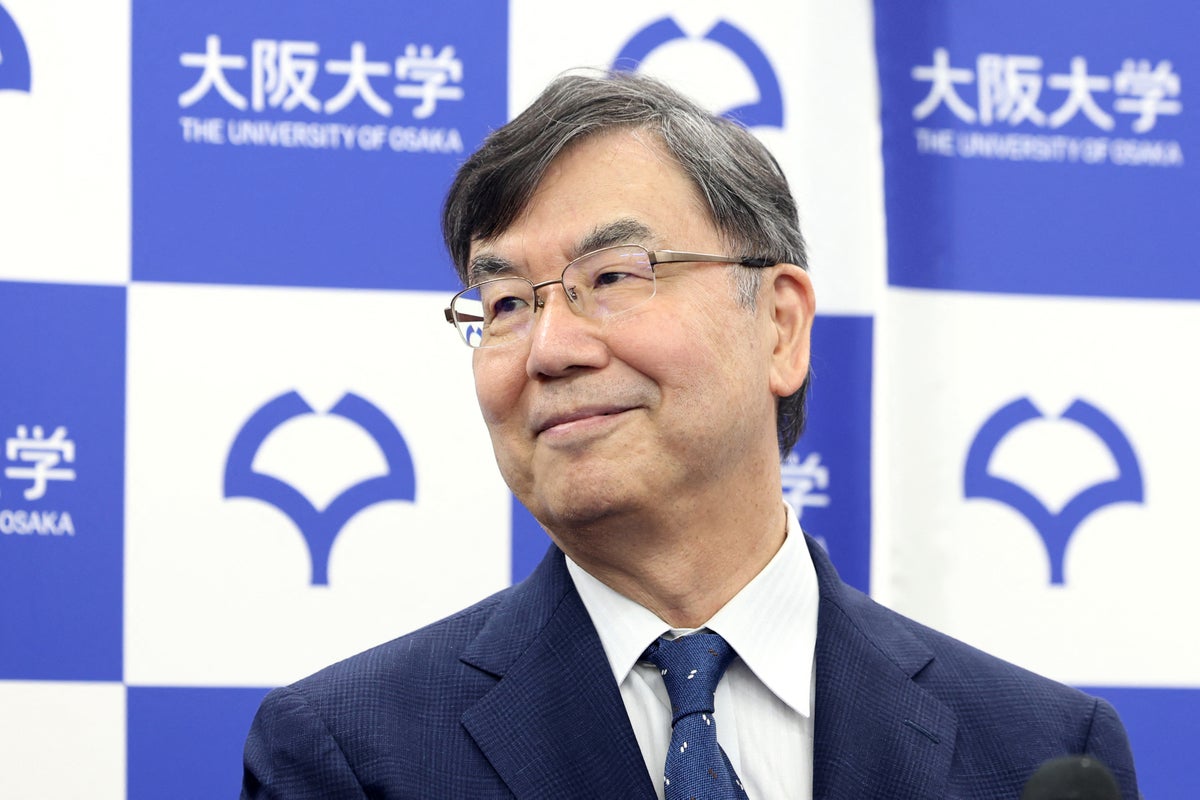
"In the 1980s the field had largely dismissed the existence of such a class of cells, but Sakaguchi and other scientists proved that regulatory T cells, or Tregs, are the integral peacekeepers that prevent the immune system from overreacting and harming the body itself. That process, known as peripheral immune tolerance, stops the body's primary defense mechanism from entering self-destruct mode, called autoimmunity."
"The experiments Sakaguchi cataloged in Scientific American nearly 20 years ago were recognized last week at the 2025 Nobel award ceremony in Stockholm, where he and immunologists Mary E. Brunkow and Fred Ramsdell shared the prize in physiology or medicine for their discoveries. On supporting science journalism If you're enjoying this article, consider supporting our award-winning journalism by subscribing. By purchasing a subscription you are helping to ensure the future of impactful stories about the discoveries and ideas shaping our world today."
Shimon Sakaguchi and colleagues identified regulatory T cells (Tregs) as a distinct immune cell population that enforces peripheral immune tolerance, preventing self-reactive immune responses and autoimmunity. Earlier skepticism in the 1980s gave way to experiments demonstrating Tregs' role as peacekeepers that restrain overactive immune responses and protect tissues. Recognition of these discoveries culminated in the 2025 Nobel Prize shared with Mary E. Brunkow and Fred Ramsdell. Clinical research now explores harnessing Tregs in trials to treat chronic infections, cancer, and autoimmune diseases, translating fundamental insights about immune regulation into potential therapeutic strategies.
Read at www.scientificamerican.com
Unable to calculate read time
Collection
[
|
...
]